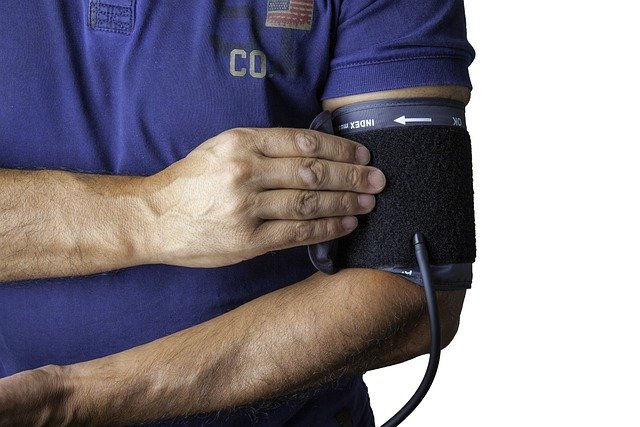Cardiac Stress What Patients Should Expect
A cardiac stress test evaluates how the heart performs under increased activity or simulated stress and helps identify reduced blood flow to the heart muscle, abnormal heart rhythms, or exercise capacity. The test is commonly used when doctors suspect coronary artery disease, when monitoring known heart conditions, or when assessing safe activity levels after a cardiac event. Many variations exist, and the choice depends on a patient’s medical history, physical ability, and the specific clinical question.

This article is for informational purposes only and should not be considered medical advice. Please consult a qualified healthcare professional for personalized guidance and treatment.
How does a stress test assess the heart?
A stress test records the heart’s electrical signals, blood pressure, and symptoms while the heart is pushed to work harder. During an exercise stress test, the patient walks or runs on a treadmill or pedals a stationary bike while a doctor or technician monitors ECG leads and blood pressure. Imaging stress tests—using echocardiography or nuclear scanning—add pictures of blood flow and heart muscle movement to detect areas that receive less blood when the heart is stressed. The goal is to reveal signs of ischemia or electrical instability that may not be present at rest.
When should a doctor recommend a stress test?
A doctor may recommend a stress test for chest pain evaluation, unexplained shortness of breath, abnormal resting ECG, or to guide treatment after a heart attack or procedures such as stenting. It can also be part of a preoperative assessment for patients with risk factors. The decision depends on clinical findings, risk factors like diabetes or hypertension, and the likelihood that the test will change management. For patients with limited mobility or conditions that make exercise unsafe, doctors often choose pharmacologic stress testing instead.
What medical preparations are needed before the test?
Patients typically receive clear instructions about medications, fasting, and clothing. Many clinicians advise holding certain medicines such as beta-blockers or nitrates before the test because they can blunt heart rate response; however, stop or continue medications only under doctor guidance. Patients should wear comfortable clothing and shoes suitable for exercise. Diabetic patients may need special advice about eating and insulin timing. Inform the medical team about recent illnesses, pregnancy, allergies, or implanted devices, since these factors can affect test choice and interpretation.
What happens at the hospital during the test?
At the hospital or outpatient clinic, staff place ECG electrodes on the chest and measure baseline vitals. For exercise testing, the protocol increases intensity in stages while continuous ECG monitoring and intermittent blood pressure checks occur. If imaging is used, scans are taken before and after exercise or after pharmacologic agents that mimic exercise. The test ends when target heart rate is reached, when symptoms develop, or when ECG changes indicate it should stop. Typical monitored side effects are temporary chest discomfort, shortness of breath, lightheadedness, or palpitations; serious complications are uncommon but possible, which is why trained medical personnel and emergency equipment are present.
How does a patient interpret results and next steps?
A normal stress test usually indicates a lower short-term likelihood of significant obstructive coronary disease, but it does not guarantee absence of heart disease. An abnormal test might show ECG changes, imaging defects, or exercise intolerance; these findings typically prompt further evaluation such as coronary CT, invasive angiography, or adjustment of medical therapy. Results should be reviewed with a doctor who interprets them in context of symptoms, risk factors, and baseline ECG or prior imaging. For many patients, the test helps guide lifestyle changes, medication choices, or decisions about invasive procedures.
Conclusion
A cardiac stress test is a widely used diagnostic tool that provides information about heart function under stress, helping doctors tailor care for individual patients. Understanding the types of tests, preparation steps, what occurs during testing at a hospital or clinic, and how results are interpreted can reduce anxiety and improve communication with the medical team. Discuss any concerns, medication questions, or limitations with your doctor to ensure the chosen test matches the clinical need and personal health circumstances.






